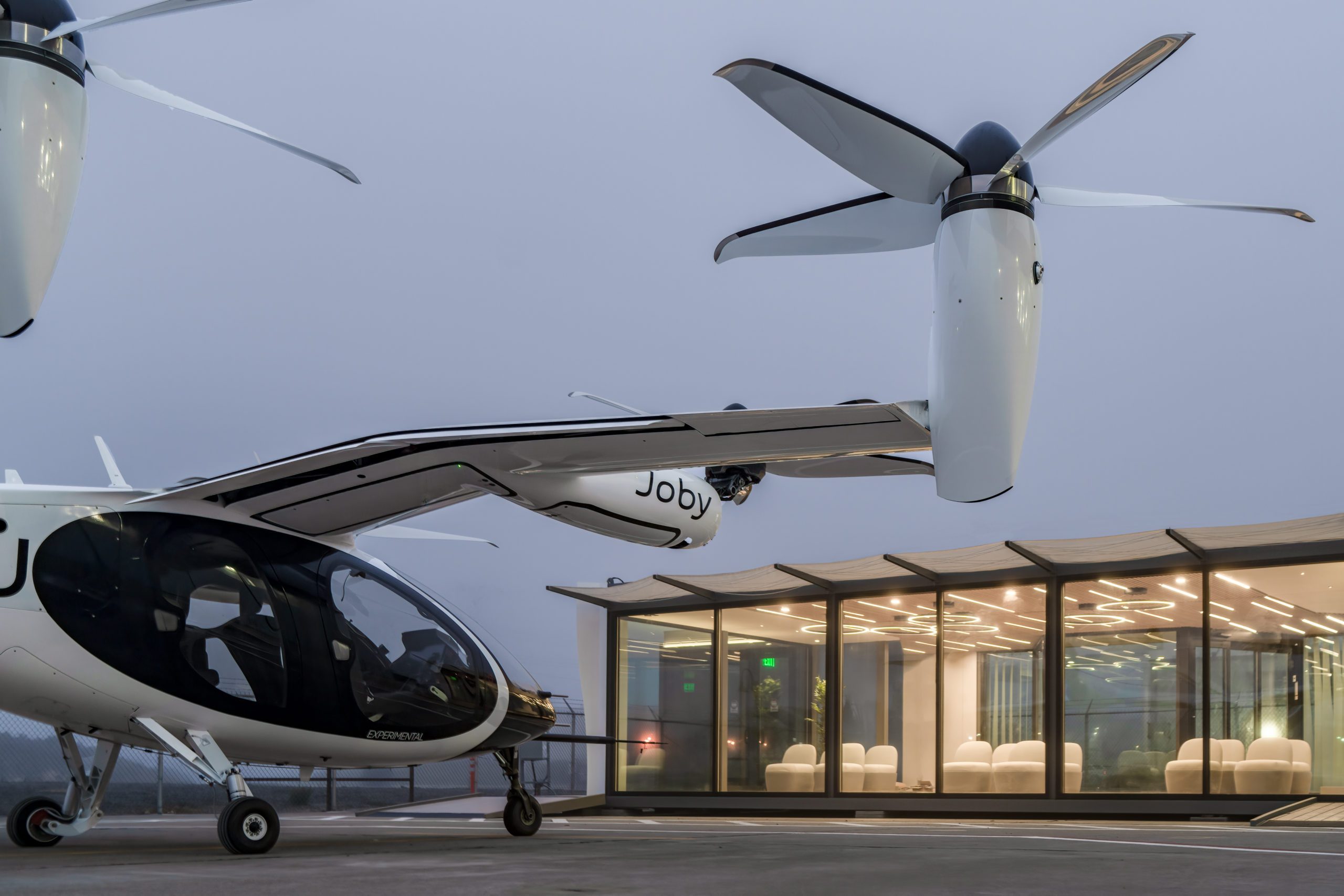Key Stakeholders Outline the Path Forward for UAS and AAM Networks
At the AUVSI New England UAS and AAM Summit held today in Cambridge, MA, industry leaders gathered to address a pressing question: “If We Build It, Will They Come?” The panel discussion, titled “Infrastructure Supporting Advanced Aviation Operations,” brought together experts to explore the essential infrastructure developments required to achieve commercial viability for Advanced Air Mobility (AAM) and Unmanned Aircraft Systems (UAS). Panelists shared insights into the electrification, regulatory, and financial challenges facing the industry as it moves toward a connected and sustainable future.
Infrastructure and Electrification: Building the Foundation for Growth
The need for scalable, accessible electrification infrastructure was a central theme of the discussion. Nate Ward, Head of Network Development at BETA Technologies, emphasized the importance of preparing airports and charging stations to accommodate electric aviation. Ward explained that BETA is expanding its network of charging locations from 35 to 50 sites over the next year, aspiring to make “fast-charging stations as common as fuel stations.” With plans to develop fully electrified terminals for aircraft, rail, and shipping needs, Ward described BETA’s holistic vision for future transportation hubs.
Adapting today’s infrastructure to future needs is complex but essential. “We committed early to supporting all-electric aviation to future-proof our infrastructure,” Ward said, acknowledging the need for flexibility as the industry grows and demand changes.
Addison Ferrell, Director of Infrastructure and Head of Americas at Skyports, spoke to the unique challenges of grid-to-vertiport infrastructure in urban areas, where space limitations and high costs complicate expansion. Skyports’ approach, he explained, includes creating locations that integrate with both city centers and rural areas. Ferrell also described the company’s upcoming project in Dubai, set to launch with four vertiports in 2026, as a model for future installations worldwide.
Local and Federal Collaboration: Navigating the Regulatory Landscape
To build viable infrastructure, panelists emphasized the need for clear regulatory pathways at both local and federal levels. Addison Ferrell stressed that local government approvals play a critical role in vertiport zoning and licensing. Educating city councils and other local authorities about AAM’s potential benefits, he explained, could facilitate more supportive regulations and faster project approvals. Small but important regulatory adjustments—such as incorporating “vertiport” as a zoning category—could make the process easier and faster.
Roger Evans, Program Manager of Airline Operations at Archer, echoed the importance of community engagement. He noted that the public needs to understand the value that AAM can bring to communities. Often, local approvals must be secured through direct outreach to city councils and airport commissioners, addressing concerns one community at a time. Evans also pointed to the importance of federal funding for major infrastructure projects, which, when combined with local permissions, can provide a solid foundation for growth.
Financial Viability and Pragmatic Investment: Balancing Present Needs with Future Goals
Achieving financial sustainability in AAM and UAS operations presents a significant challenge. Roger Evans acknowledged that high operating costs per available seat mile with a 4 seat aircraft are a barrier, making profitability difficult without a larger network of aircraft and consistent demand. However, the potential benefits—reduced maintenance, potentially 40% lower operating costs, and lower environmental impact—offer strong incentives for early investment.
Addison Ferrell described Skyports’ strategy as highly commercial, with a focus on ensuring that infrastructure investments align with market needs. Addressing the “chicken-and-egg” dilemma of building infrastructure without guaranteed demand, Ferrell suggested that early partnerships with local governments for demonstration projects could showcase the value of AAM to other markets and stakeholders.
To sustain momentum, Nate Ward emphasized a practical approach: prioritize core infrastructure needs today while reserving resources for ambitious projects in the future. “Our focus is on meeting the commitments we’ve made to our investors,” Ward said, underscoring the importance of maintaining fiscal responsibility while establishing the groundwork for scaling.
Scaling the Grid: A Gradual Approach to Electrification
Evans outlined a “crawl, walk, run, soar” model for expanding electrification infrastructure, noting that early stages will likely see limited use while utilities assess demand. “Infrastructure will grow as more aircraft come online,” he explained, allowing time for careful, phased expansion. This gradual approach will ensure that utilities can keep pace with the increasing demand for electrification from UAS, AAM, and other emerging transportation technologies.
The panel highlighted that with collaboration between local governments, federal agencies, and private stakeholders, a sustainable aviation infrastructure can evolve to meet the demands of UAS and AAM. Through careful planning, early investment, and public engagement, industry leaders remain optimistic about building a future where advanced aviation seamlessly integrates into daily life.
Read more:

